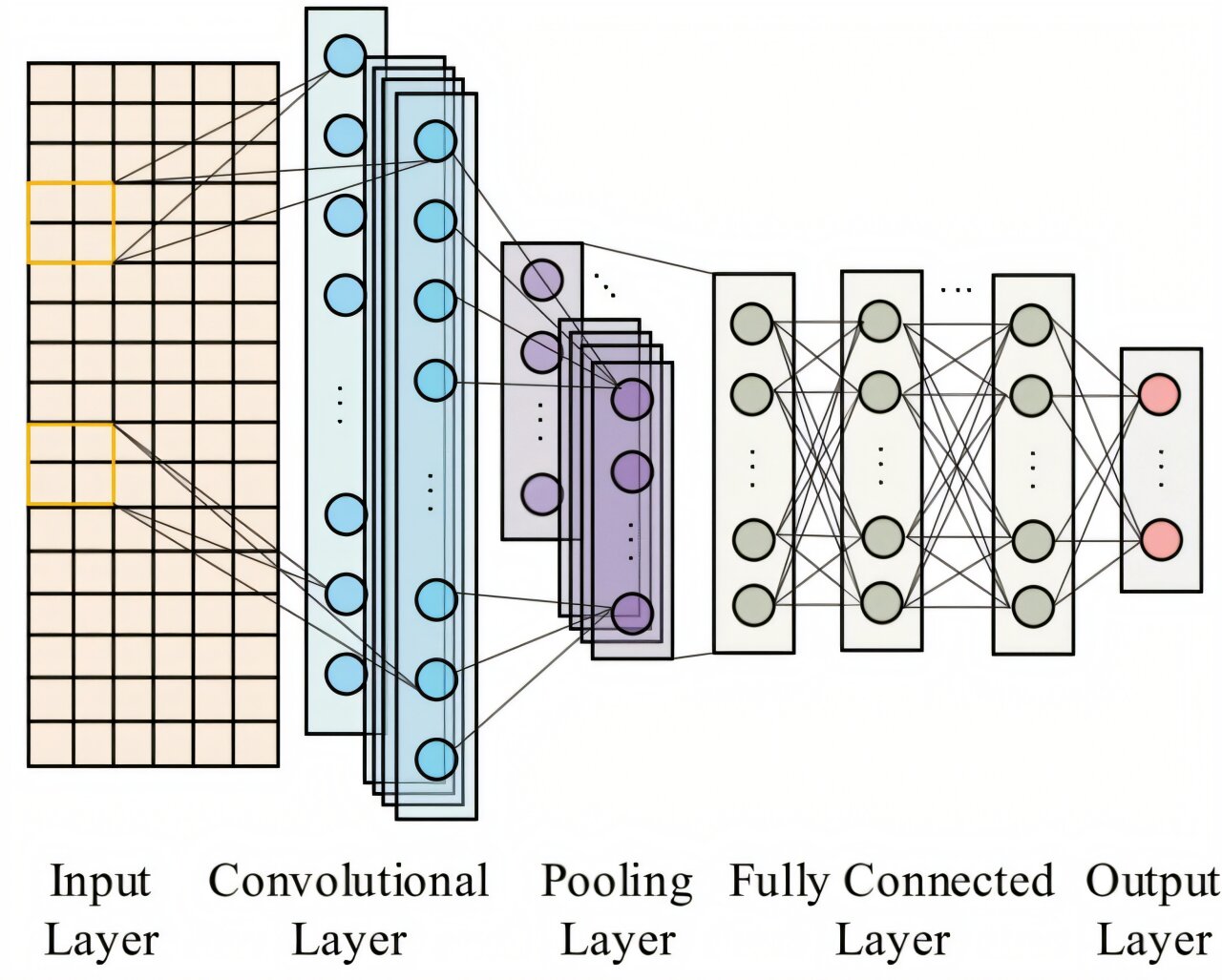According to foreign media reports, a research team led by Dr. Huang Wentao from Jiangnan University has overcome a critical flaw in the diagnosis of five-phase Permanent Magnet Synchronous Motors (PMSM): traditional methods are unable to assess the severity of inter-turn short circuits (ITSC). The new approach integrates two technologies: a real-time tracker for diagnosing faults and an artificial intelligence analyzer for processing signals to quantify damage and estimate short circuit parameters. For years, engineers have struggled with the challenge of quantifying the severity of inter-turn short circuits in operating motors, as traditional methods find it difficult to isolate complex fault parameters. The limitations of conventional diagnostic methods in real-time assessment have led to the inability to detect critical risks such as irreversible demagnetization. This method, developed by Jiangnan University based on Extended State Observer (ESO) and Convolutional Neural Networks (CNN), represents a fundamental leap forward. Importantly, it allows for the separation of the short-circuit turn ratio from the fault resistance, eliminating a key obstacle in fault diagnosis, thereby enabling accurate real-time grading of fault severity to guide targeted protective responses.
Jiangnan University Develops Advanced Method for Diagnosing PMSM Faults

Share this post on: